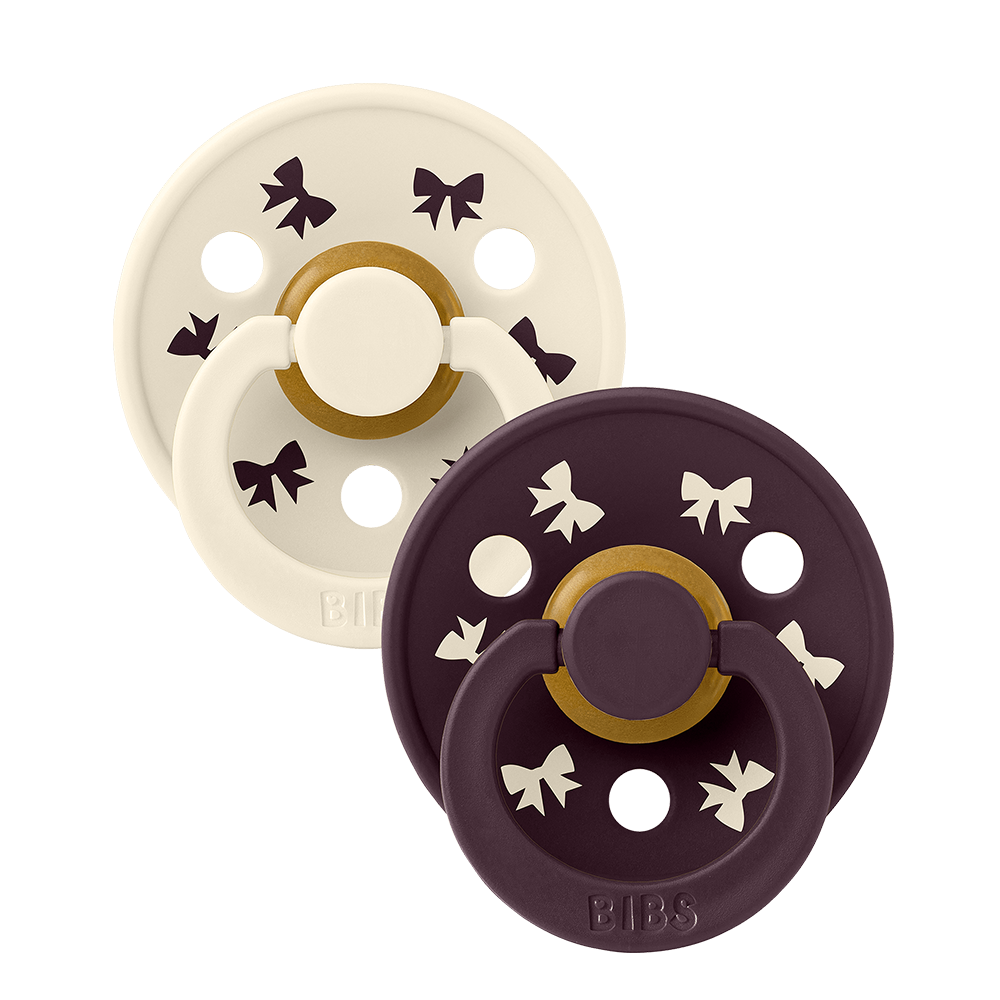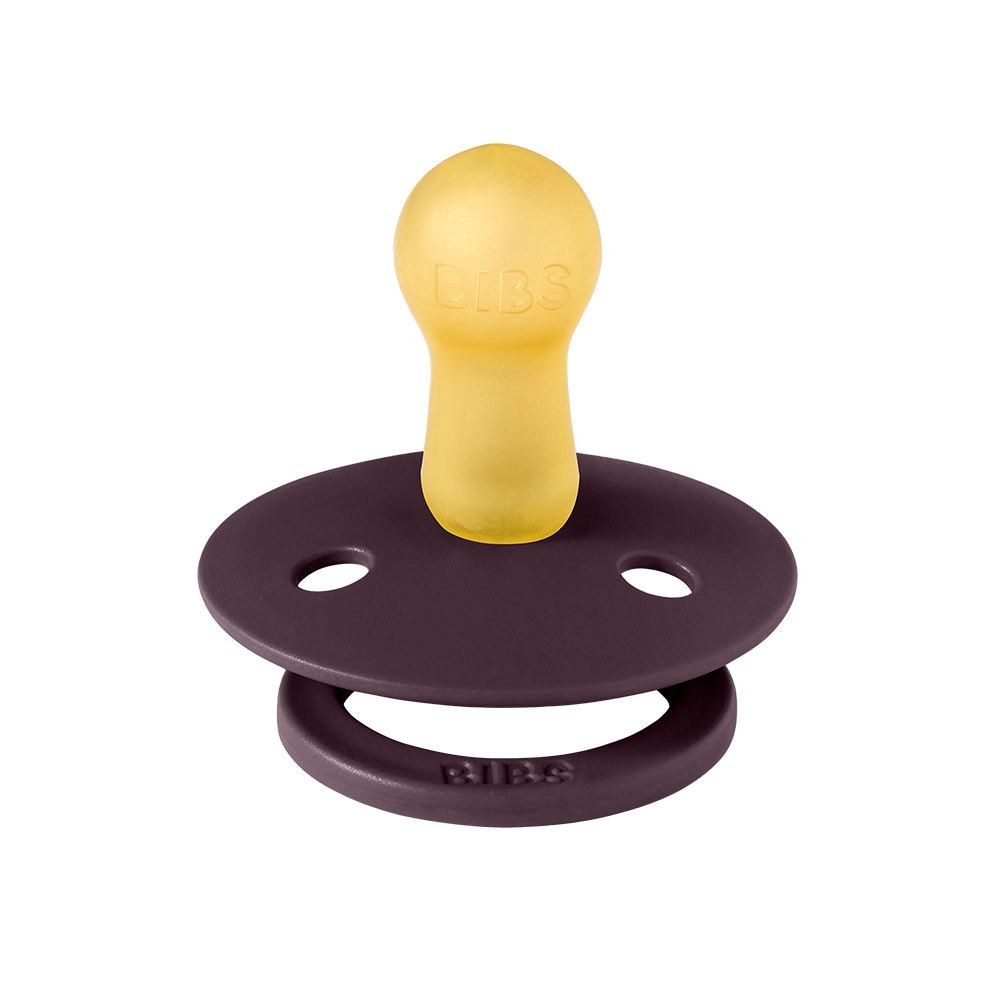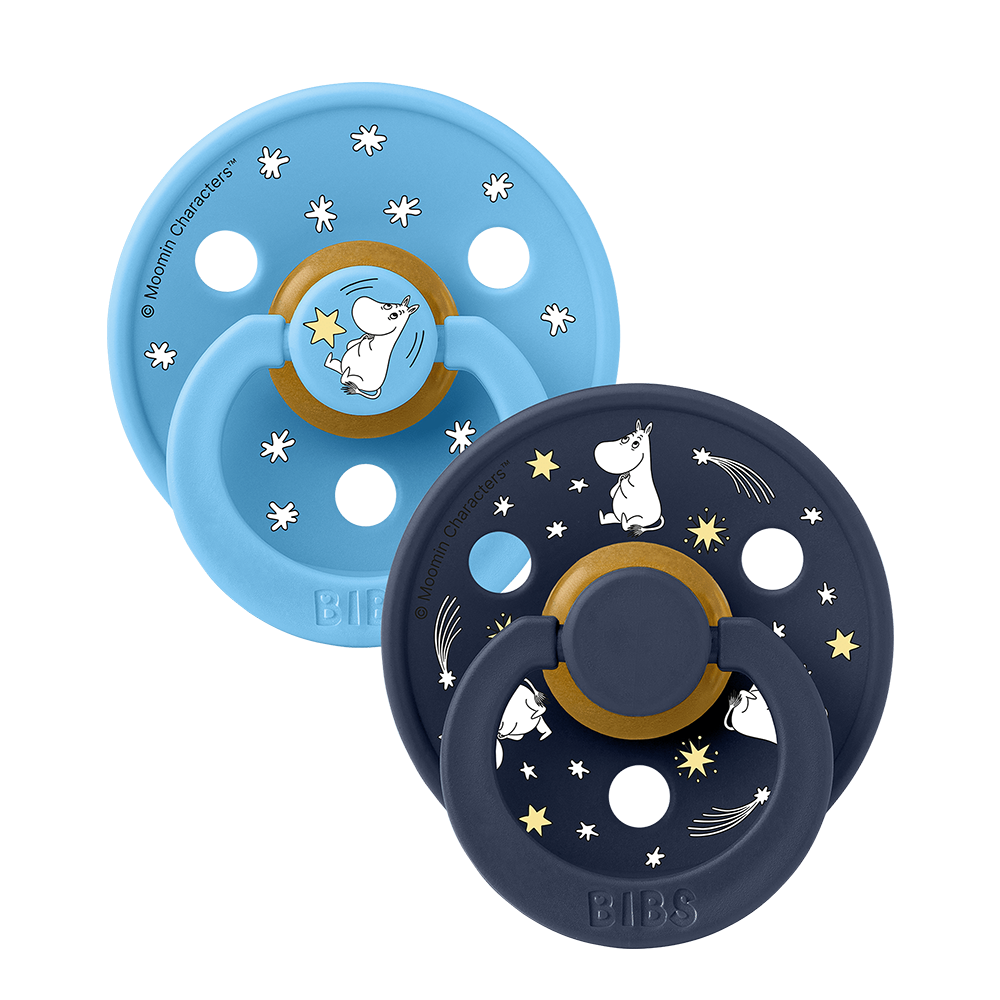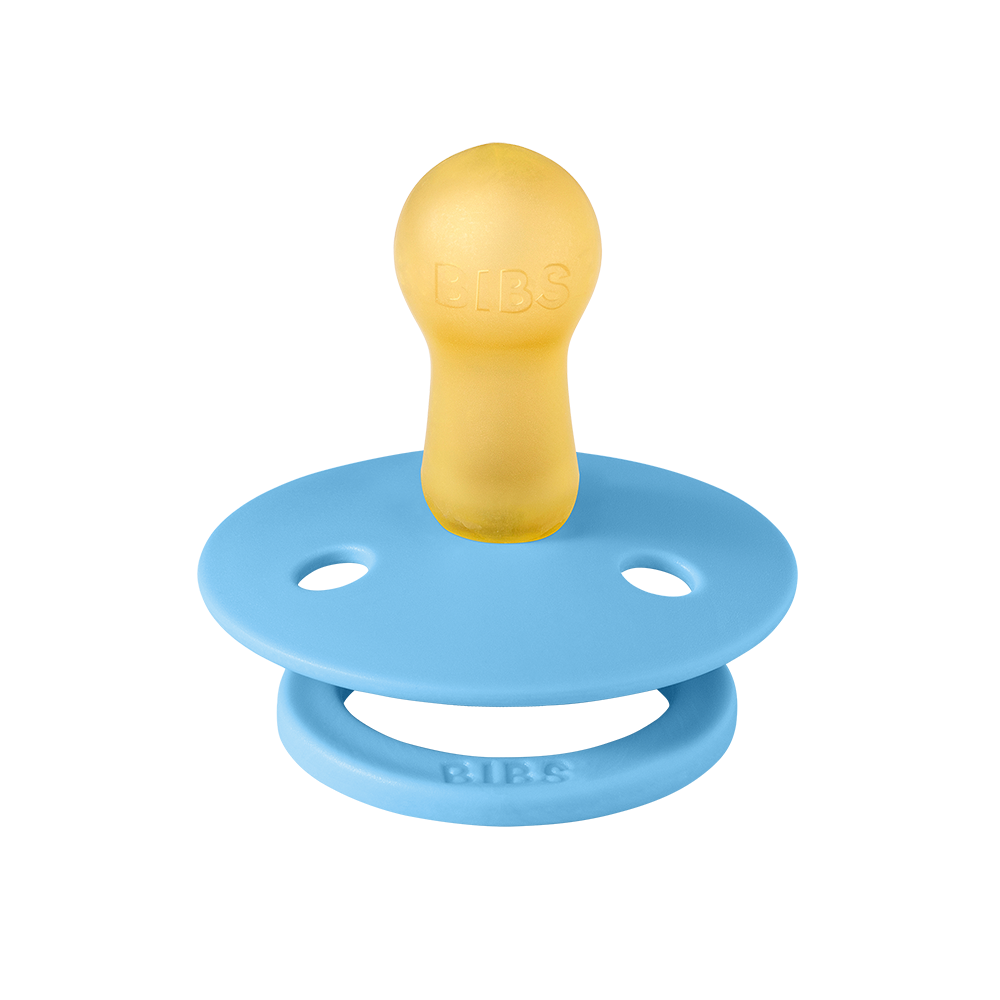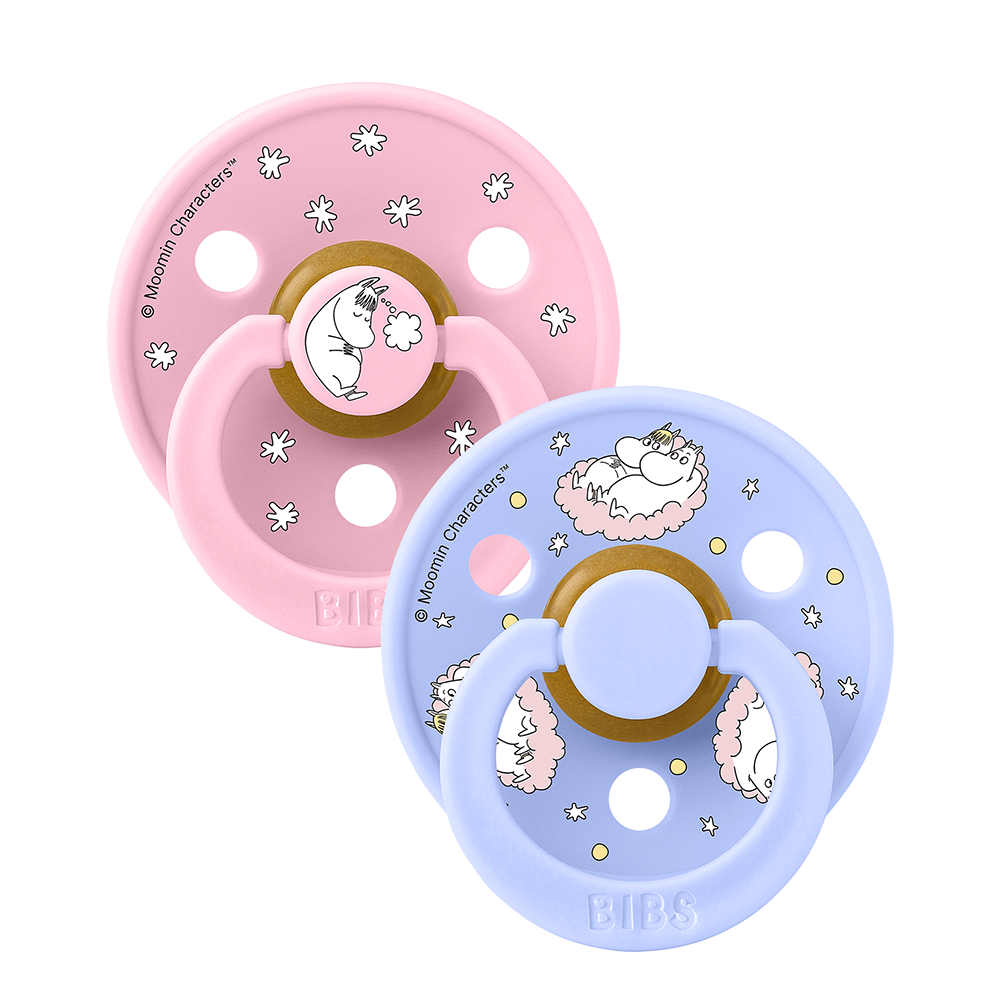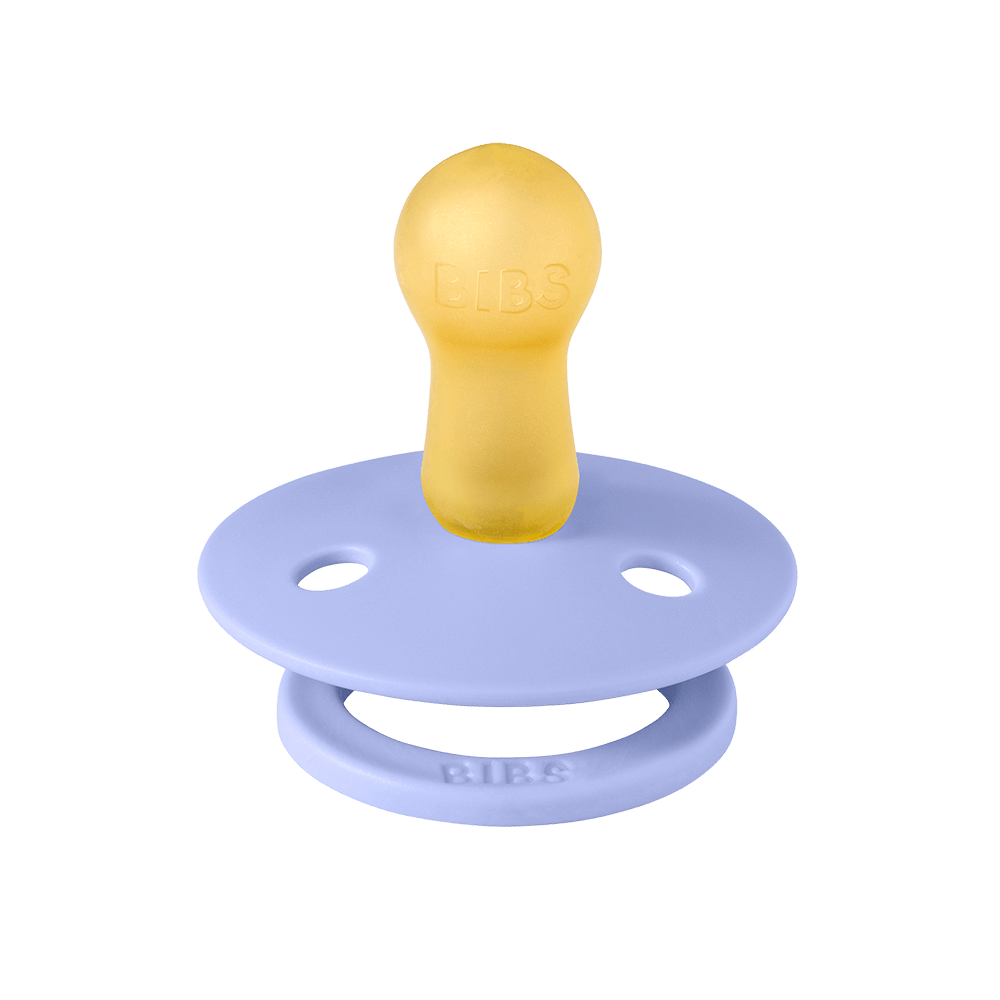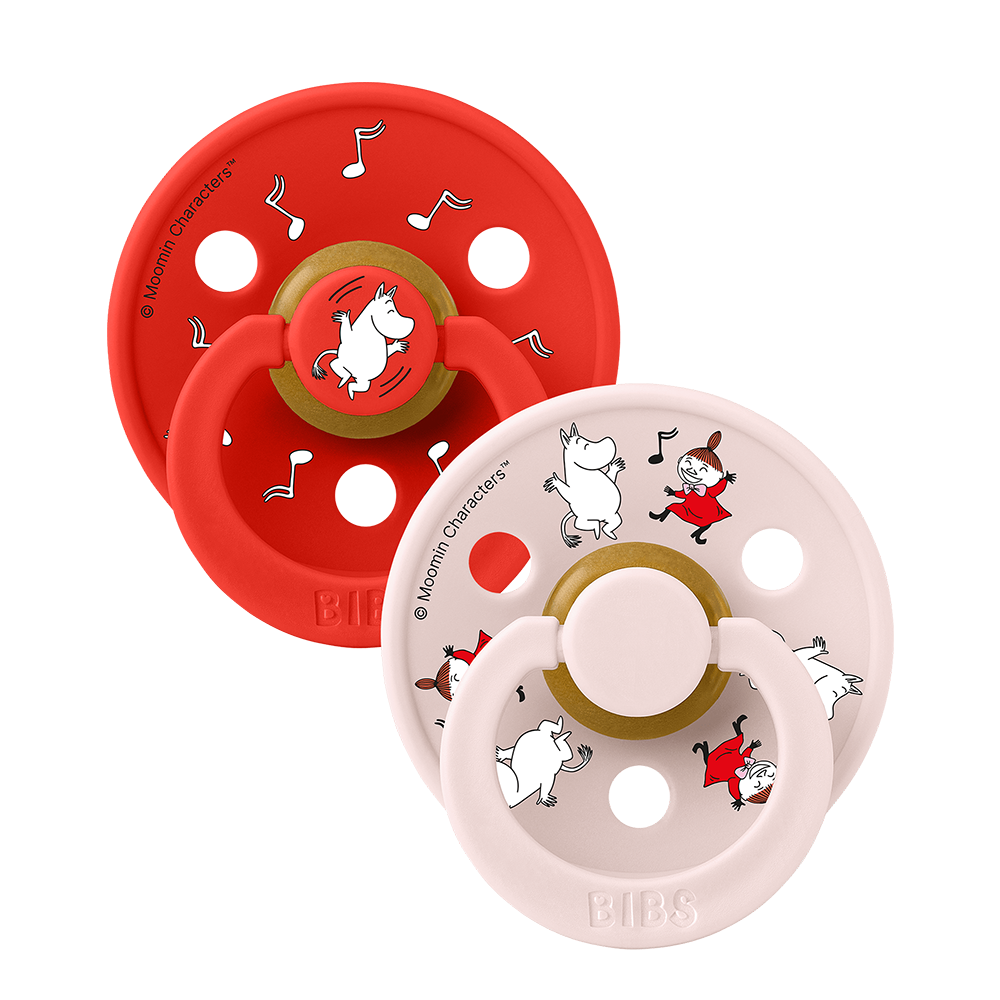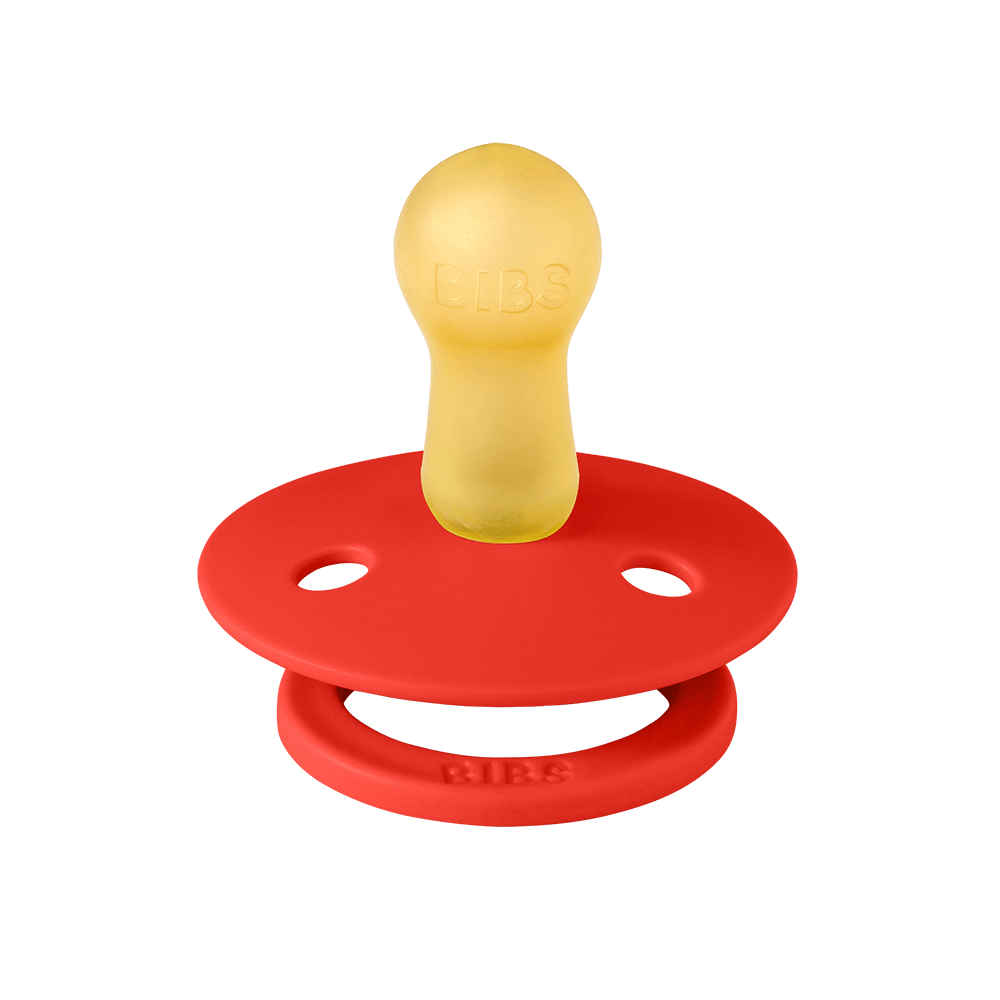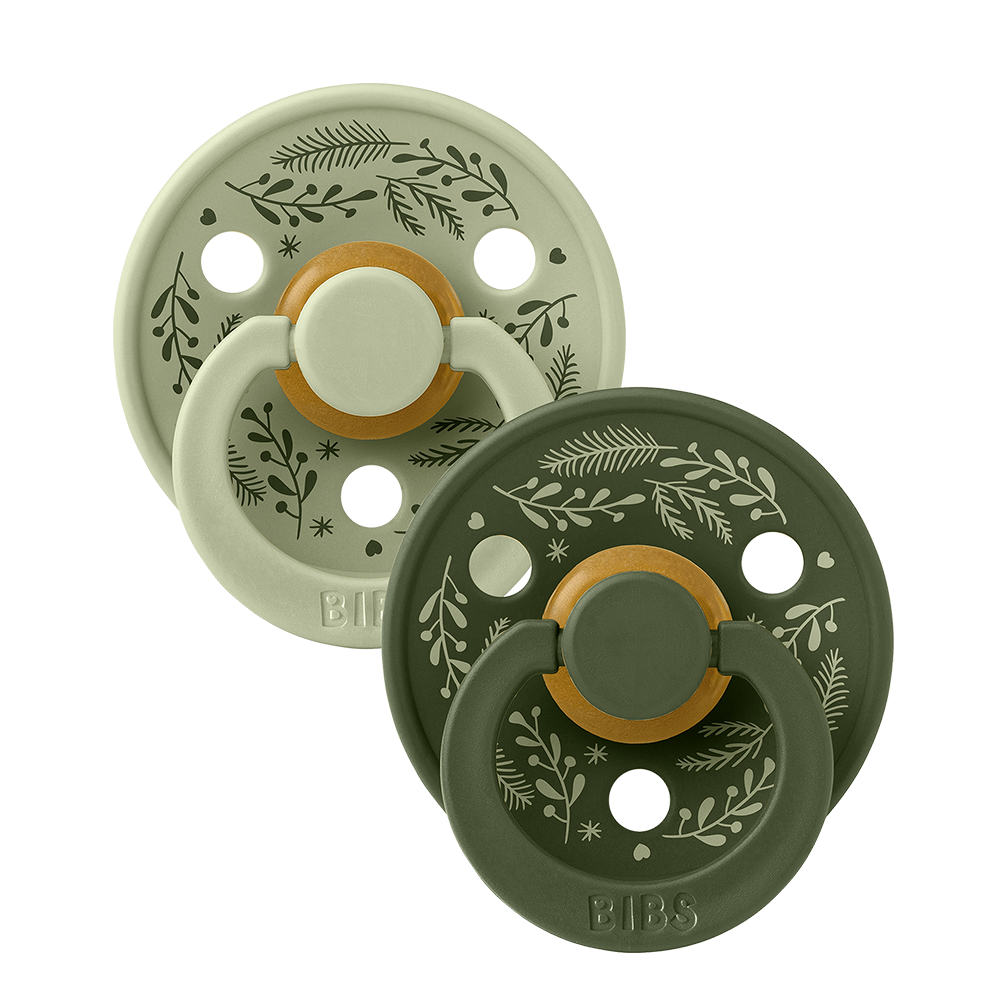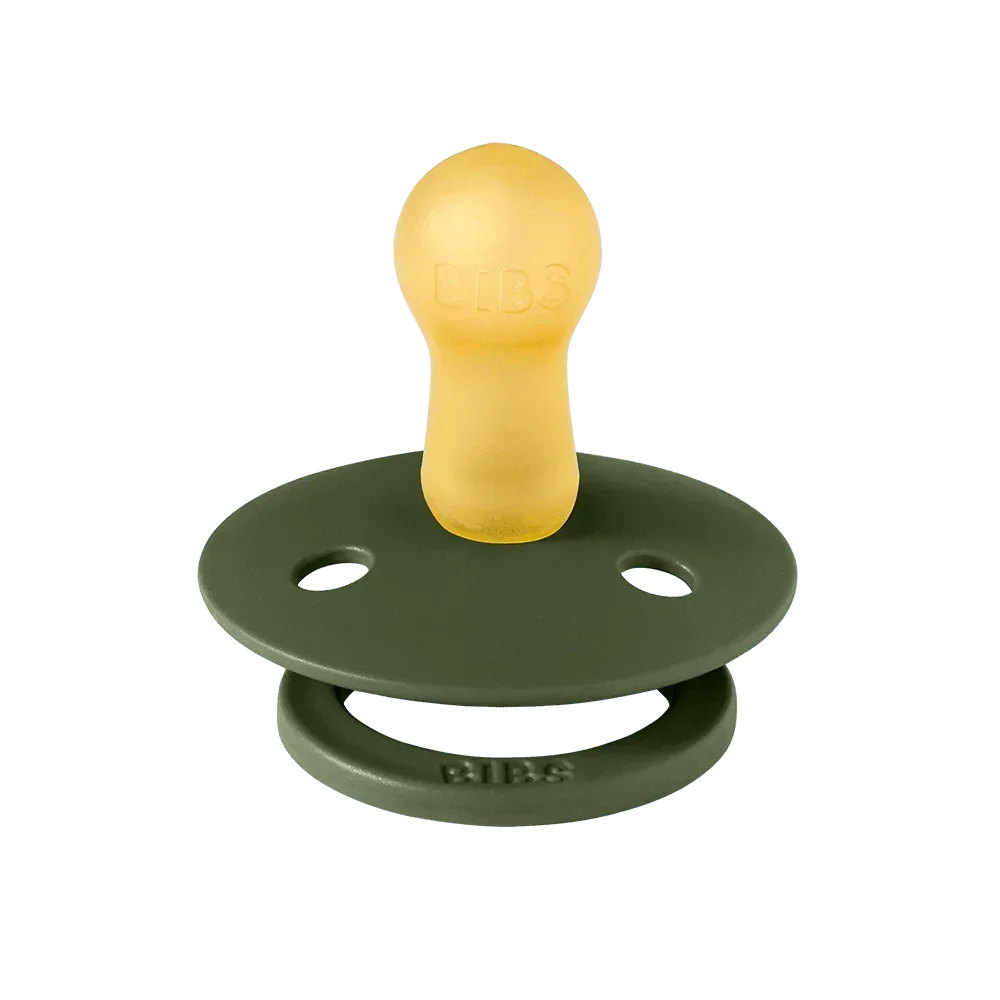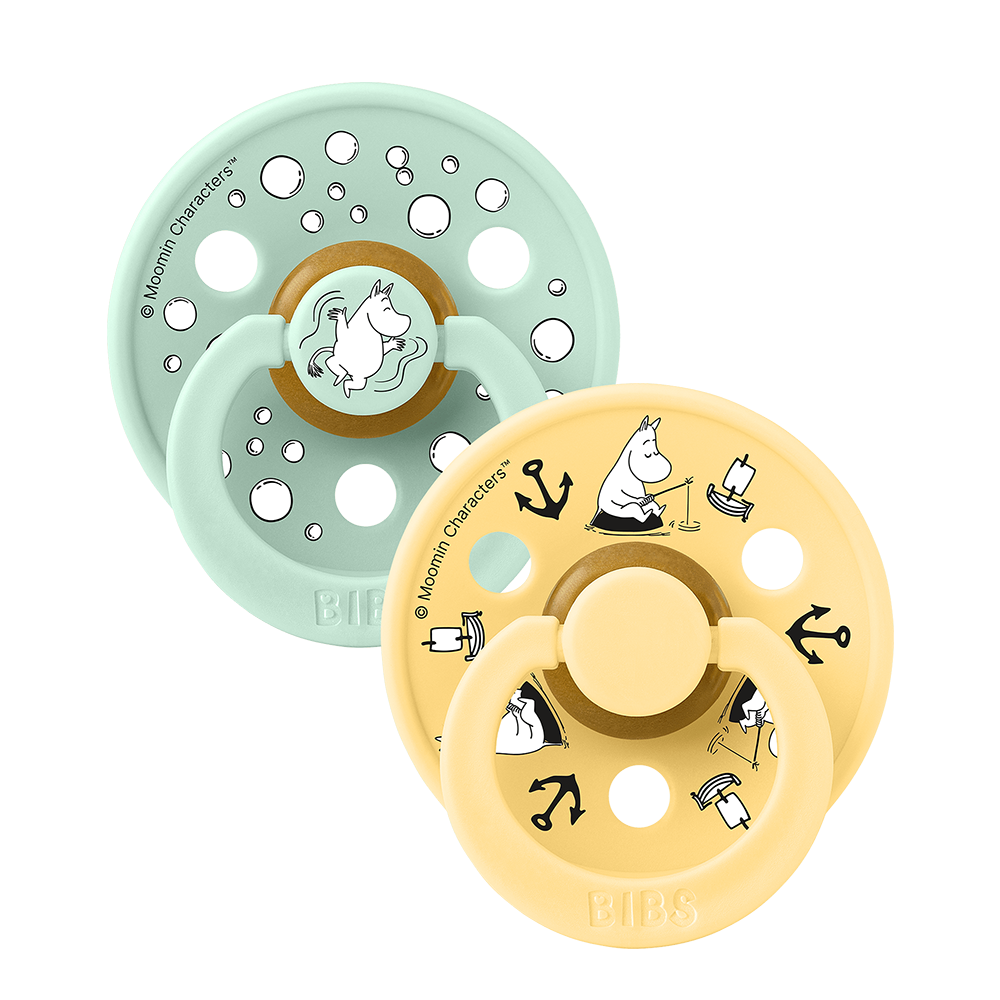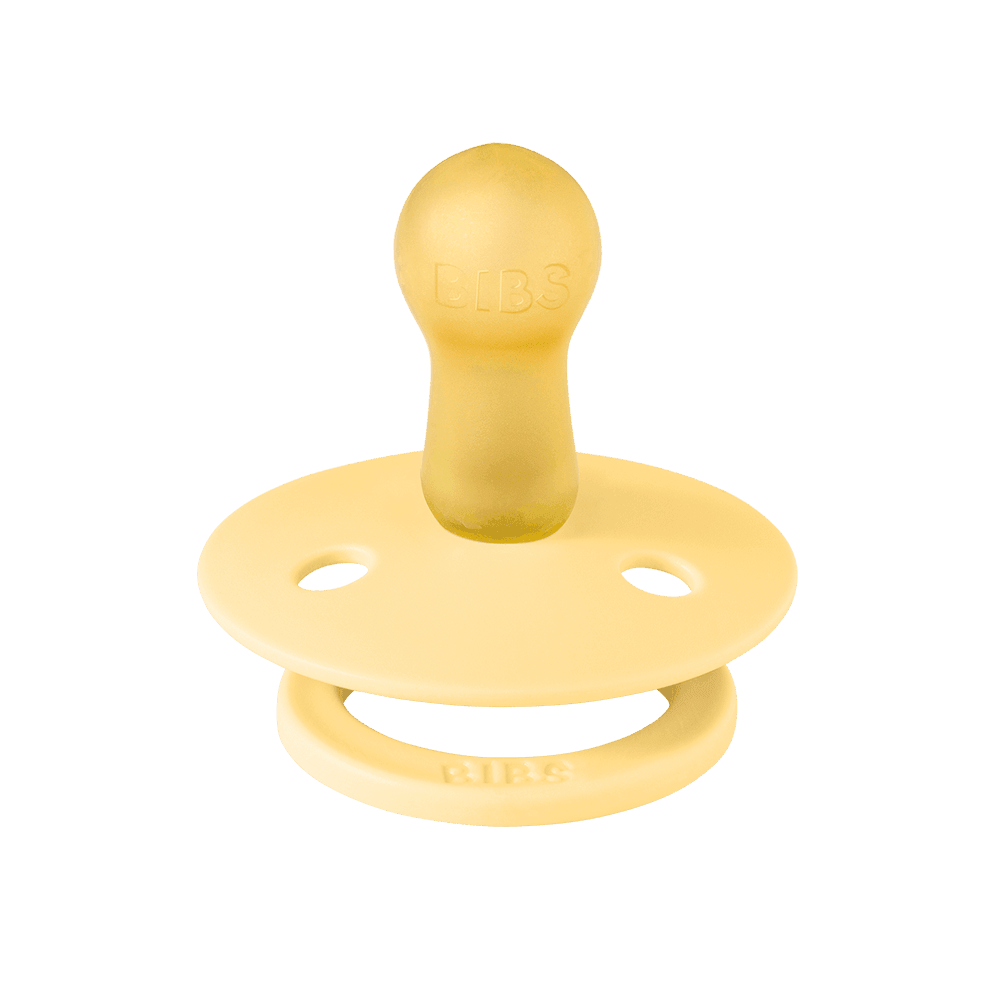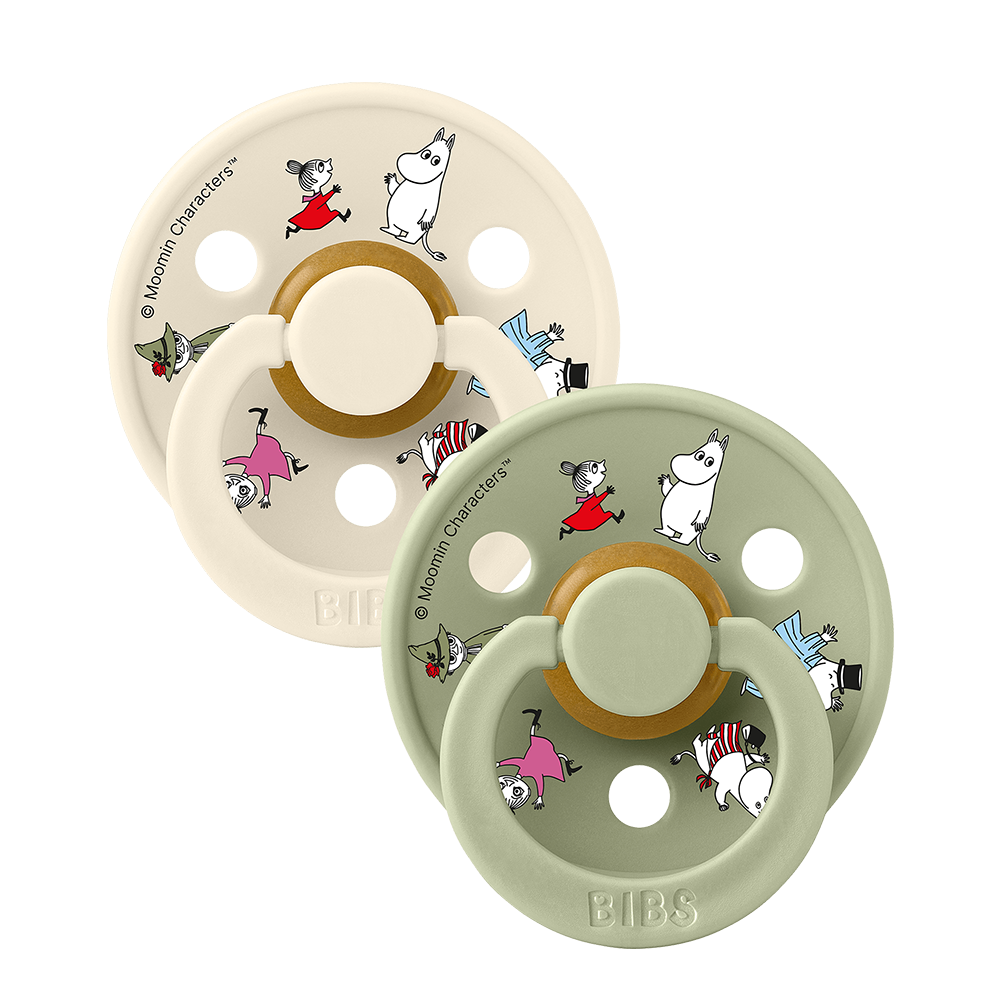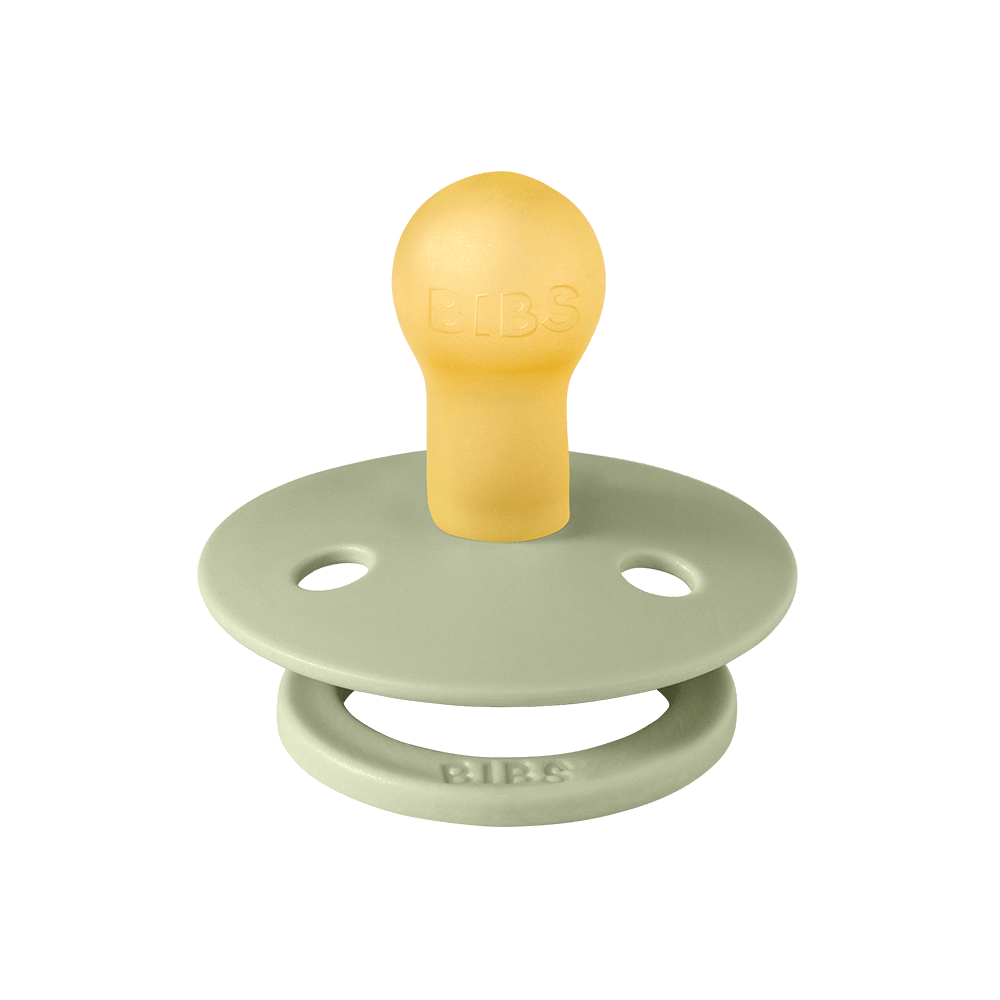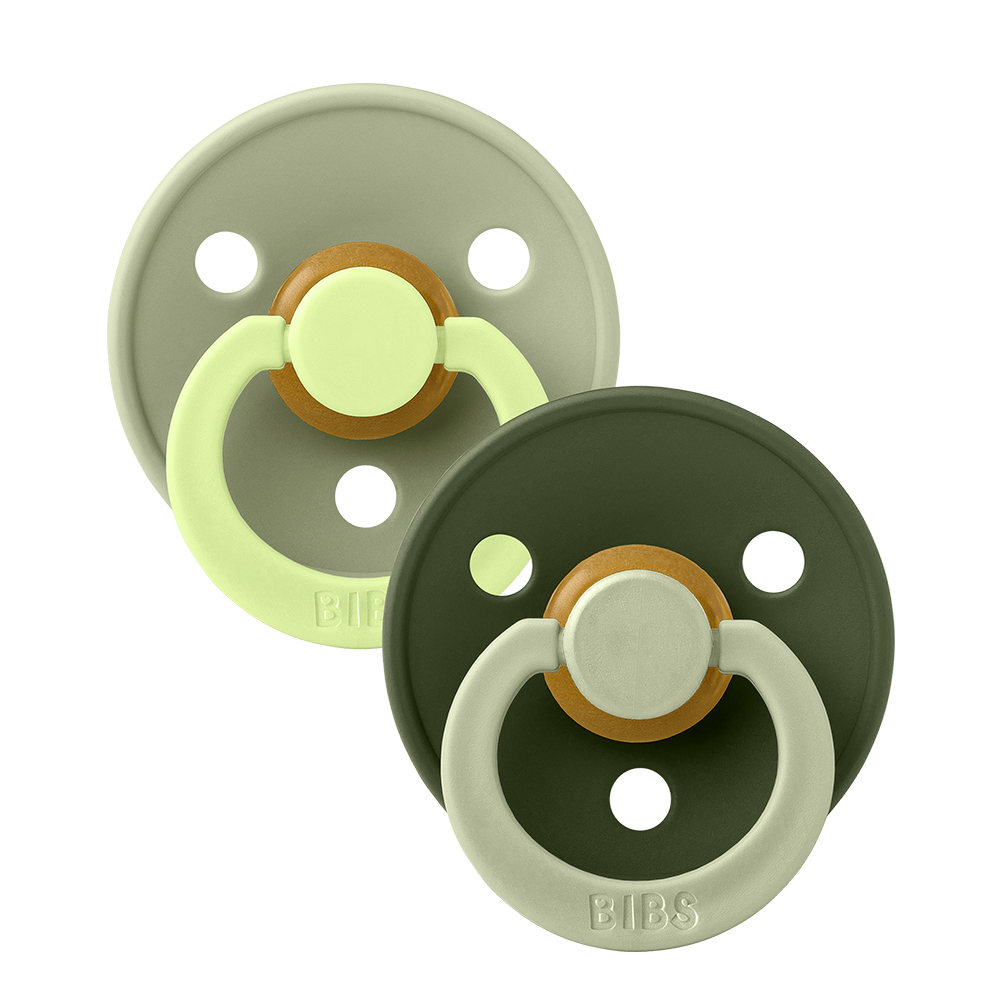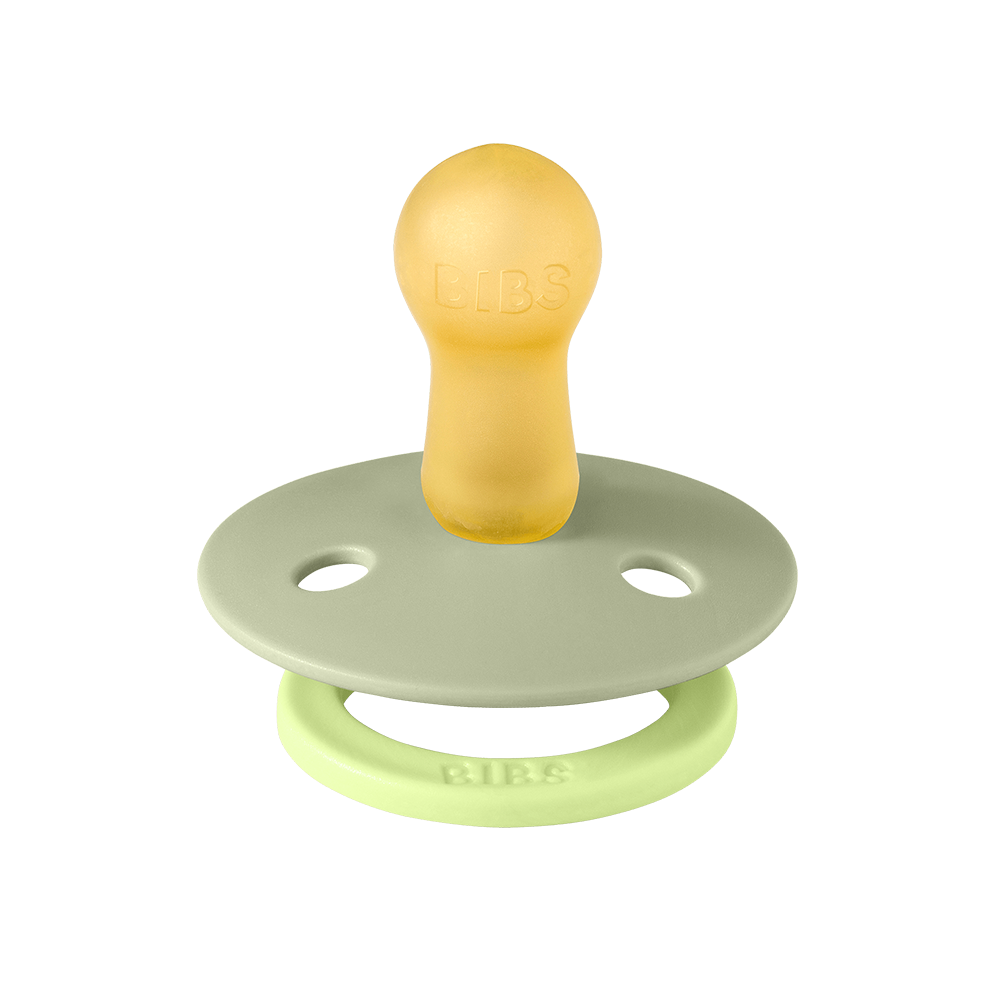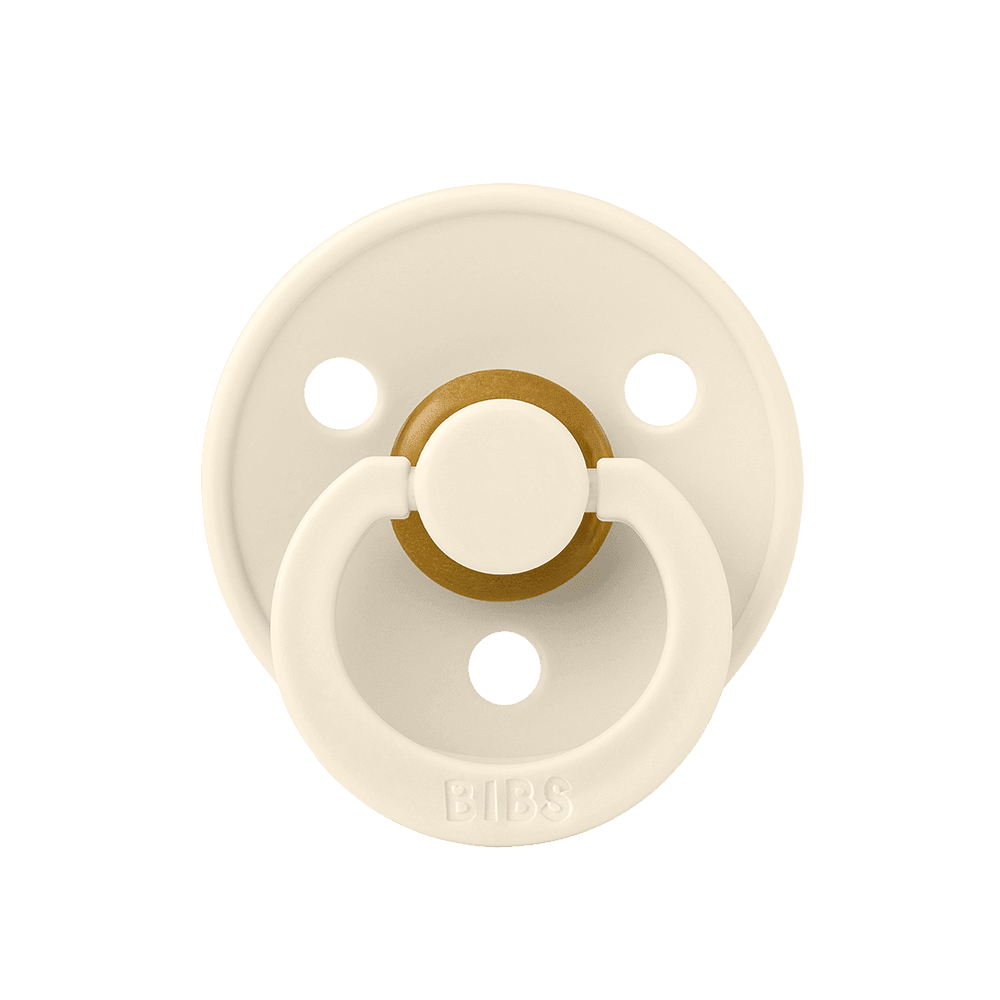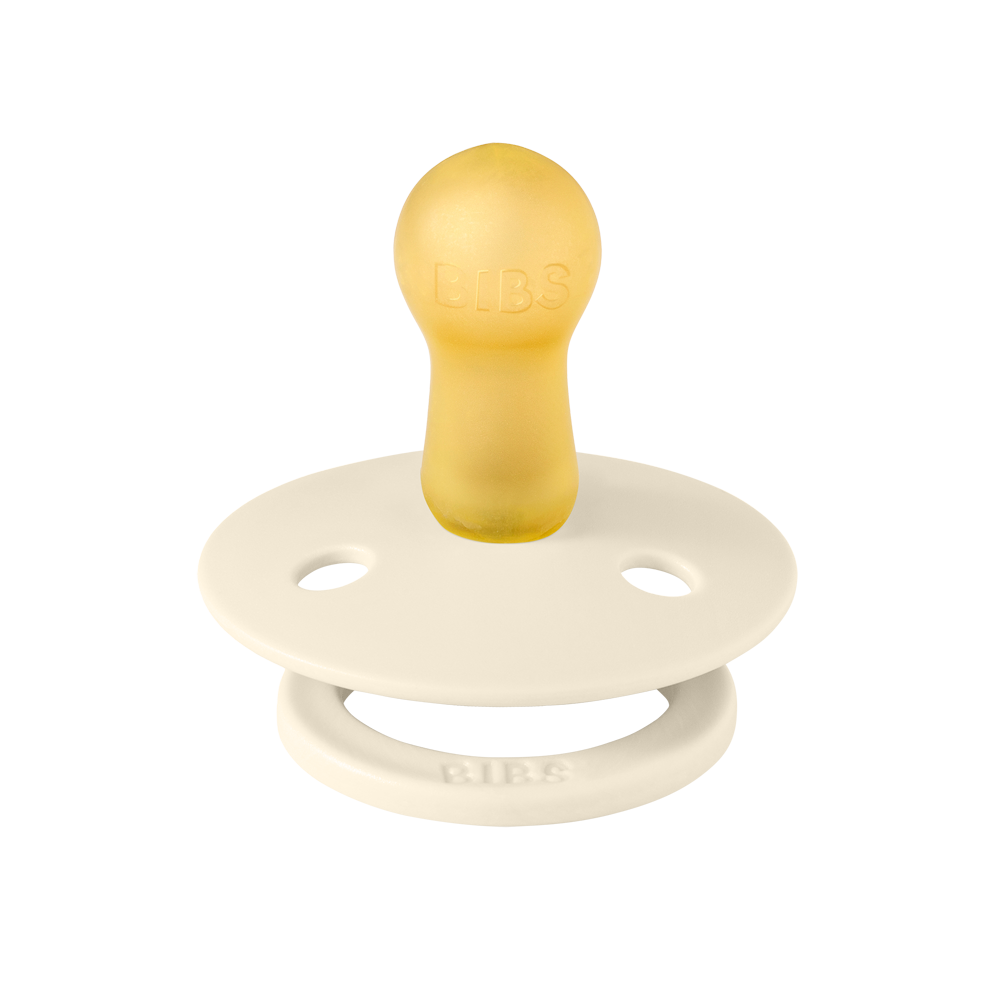
When and How Should I Sterilize Baby Bottles: Essential Safety Tips
Ensuring that your baby's bottles are clean and free from harmful germs is essential for their health and well-being. Sterilizing baby bottles is a critical step that needs to be taken, especially during the first year of your baby's life when their immune system is still developing. It is recommended to sterilize baby bottles before the first use and regularly afterwards, particularly if your baby is younger than three months, was born prematurely, or has a weak immune system.
After each feeding, bottles should be thoroughly cleaned with hot, soapy water. Subsequent sterilization can be done using whichever method suits your lifestyle and preferences, as long as it safely eliminates potential contaminants. Remember to let the bottles air-dry completely on a clean towel or drying rack, as moisture can encourage the growth of germs.
Key Takeaways
- Sterilization helps protect babies whose immune systems are still maturing.
- Bottles should be sterilized before first use and regularly, especially for very young or immunocompromised infants.
- Proper cleaning followed by a sterilization process is essential for baby bottle safety.
Sterilization and Sanitization
Ensuring the cleanliness of your baby's feeding bottles through sterilization and sanitization is crucial to protect against bacterial infections.
Methods of Sterilization
Before first use
Before first use, disassemble and clean the product by placing all components in boiling water for 5 min. to ensure hygiene.
Subsequently cleaning
- Washing with hot water and soap or washing in the dishwasher
- Pour them with boiling water, to make sure all soap residue is gone
- Let all the parts dry completely before re-assembly
The nipple should never be washed in the dishwasher. Follow below steps:
- Put the nipple in a clean bowl, and pour boiling water over
- Let it soak for approx. 5 min.
- Pick it up and let it dry on a clean towel
Cleaning and Safety Practices
Ensuring your baby's health and safety involves proper cleaning and sanitization of their feeding bottles. This guide provides specific steps to thoroughly clean and sanitize baby bottles, the recommended frequency for doing so, and key safety tips to keep in mind.
Frequency of Cleaning
After Every Use: Clean and sanitize bottles after each feeding to prevent bacteria growth.
Important Safety Tips
- Examine Bottles: Regularly inspect bottle nipples for wear and tear. Worn items can harbor bacteria and should be replaced. Replace bottle nipples every 4-6 weeks for safety and hygene reasons.
- Safe Water Source: Use water from a safe source for cleaning and preparing formula. If you question its safety, ensure it's boiled before use.
- Proper Storage: After sanitization, place the bottle parts on a clean surface or in a clean container until their next use.
Remember, while cleaning and sanitization are essential, they must be done in conjunction with safe handling and proper storage to maximize the efficacy and safety of your baby's feeding equipment.
